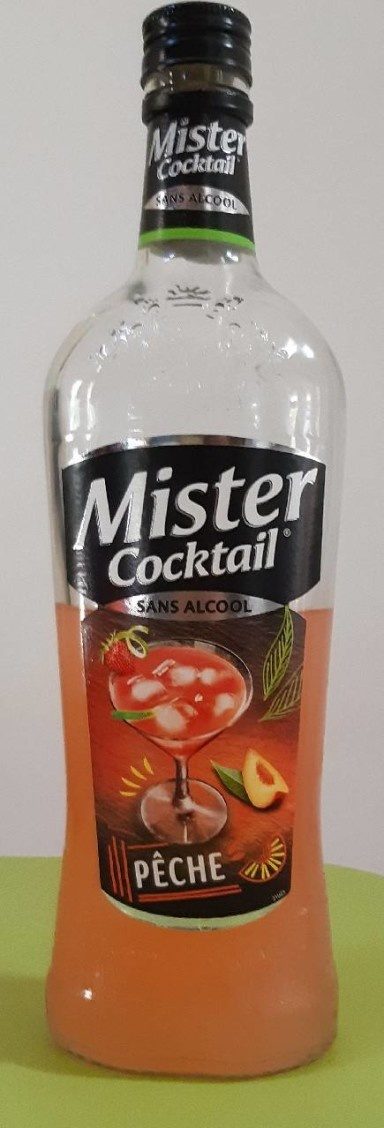Mister Cocktail, sans alcool, pêche - 75 cl
This product page is not complete. You can help to complete it by editing it and adding more data from the photos we have, or by taking more photos using the app for Android or iPhone/iPad. Thank you!
×
Barcode: 3138670344609 (EAN / EAN-13)
Common name: Apéritif sans alcool, goût pêche
Quantity: 75 cl
Packaging: fr:Bouteille verre, fr:Capsule métal, fr:Etiquettes papier
Brands: Mister Cocktail, Bardinet
Categories: Plant-based foods and beverages, Beverages, Plant-based beverages, Sweetened beverages, fr:Apéritif sans alcool
Labels, certifications, awards:
Green Dot, No alcohol
Manufacturing or processing places: BLANQUEFORT, Gironde, France
Link to the product page on the official site of the producer: http://www.aperosansalcool.com
Stores: Super U, Magasins U, carrefour.fr
Countries where sold: France
Matching with your preferences
Environment
Packaging
Transportation
Report a problem
Data sources
Product added on by cestki13
Last edit of product page on by packbot.
Product page also edited by driveoff, kiliweb, magasins-u, off.ae558a50-0a07-417a-9b76-265b881b34a3, openfoodfacts-contributors, quechoisir, stephane, tacite, yuka.R0pnblFmNCtvK3NUc2NFUzVDck8xODU1K0pXRlIyanZFczR1SVE9PQ.










